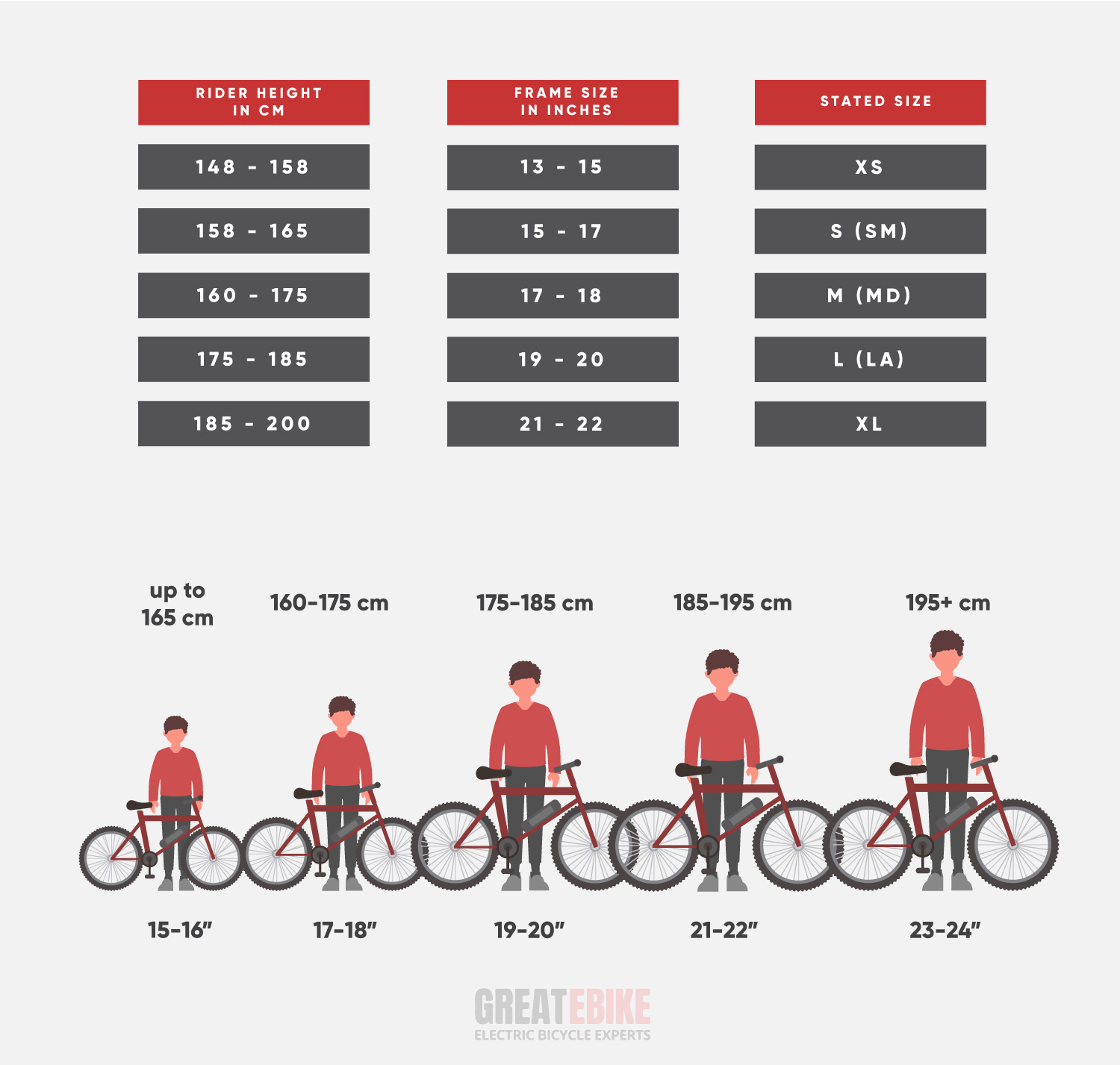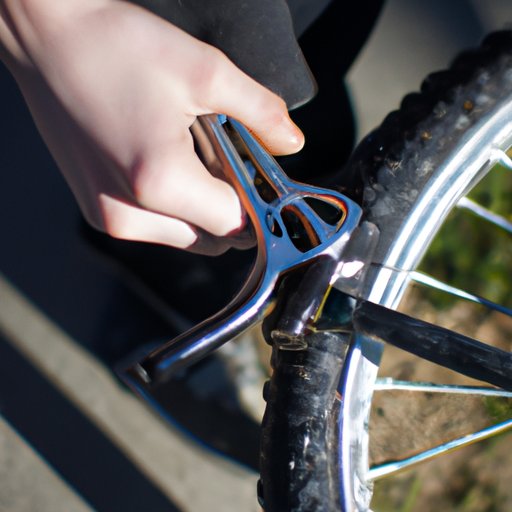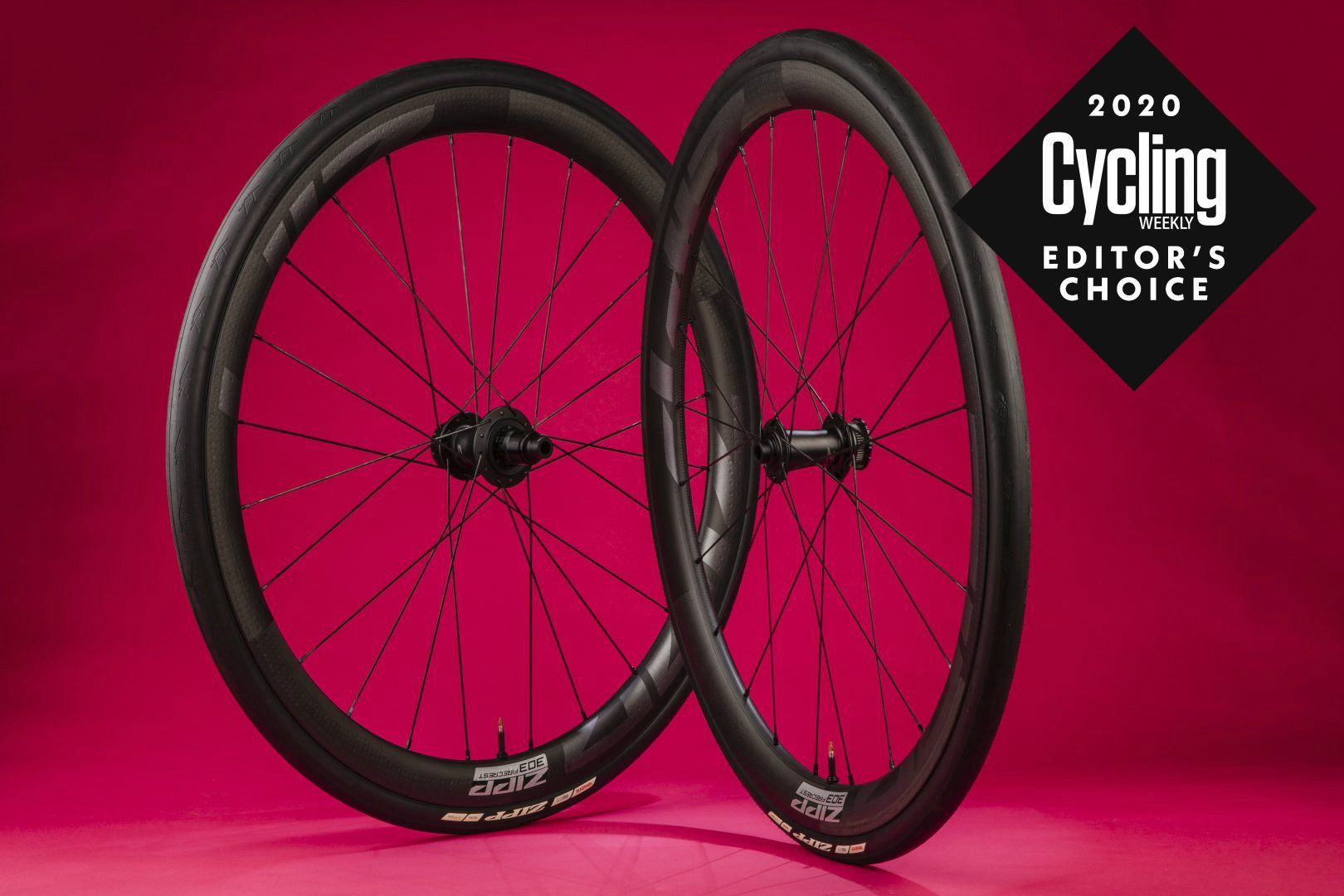What Makes a Great Set of Road Bike Wheels?
When searching for good road bike wheels, there are several key factors to consider. A great set of wheels should strike a balance between durability, weight, aerodynamics, and braking performance. Durability is crucial, as wheels that can withstand the rigors of regular riding will save you money and hassle in the long run. Look for wheels with high-quality rims, spokes, and hubs that can resist wear and tear.
Weight is also an important consideration, as lighter wheels can improve your bike’s overall performance and make climbing easier. However, be wary of extremely lightweight wheels that may compromise on durability. Aerodynamics play a significant role in reducing air resistance and improving your bike’s speed. Wheels with aerodynamic designs, such as deep-section rims or wheelsets with built-in aerodynamic features, can help you cut through the air with ease.
Braking performance is another critical aspect of good road bike wheels. Wheels with reliable braking systems, such as rim or disc brakes, can provide confidence-inspiring stopping power. When evaluating wheels, consider the type of braking system, the quality of the brake pads, and the overall braking performance.
Ultimately, the best road bike wheels will depend on your specific needs and preferences. If you’re a casual rider, you may prioritize durability and comfort. If you’re a competitive cyclist, you may focus on aerodynamics and weight. By considering these key factors, you can find a great set of wheels that enhances your riding experience and helps you achieve your goals.
How to Choose the Right Wheel Size and Type for Your Road Bike
When it comes to selecting the right wheel size and type for your road bike, there are several factors to consider. The most common wheel sizes for road bikes are 700c, 650c, and 27 inches. The 700c wheel size is the most popular and widely used, as it provides a good balance between speed and comfort.
In addition to wheel size, you’ll also need to consider the type of wheel. There are three main types of wheels: clincher, tubular, and tubeless. Clincher wheels are the most common type and feature a tire that is attached to the rim using a bead. Tubular wheels, on the other hand, have a tire that is sewn to the rim, providing a more secure and airtight seal. Tubeless wheels are similar to clincher wheels but do not have an inner tube, instead relying on a liquid sealant to prevent air leaks.
Clincher wheels are a good choice for most road bike riders, as they are easy to install and maintain. However, tubular wheels are preferred by some riders due to their increased security and reduced risk of tire blowouts. Tubeless wheels are a good option for riders who want to minimize the risk of punctures and improve their bike’s overall performance.
When choosing a wheel type, consider your riding style and the terrain you’ll be riding on. If you’re a casual rider who sticks to smooth roads, a clincher wheel may be the best choice. However, if you’re a competitive rider who frequently rides on rough roads or in wet conditions, a tubular or tubeless wheel may be a better option.
Ultimately, the right wheel size and type for your road bike will depend on your specific needs and preferences. By considering the factors mentioned above, you can make an informed decision and find a wheel that enhances your riding experience and helps you achieve your goals.
Top Picks: Reviewing the Best Road Bike Wheels from Top Brands
When it comes to finding good road bike wheels, there are several top brands to consider. Shimano, Campagnolo, and Zipp are among the most reputable manufacturers, offering a range of high-quality wheels that cater to different riding styles and preferences.
Shimano’s Dura-Ace wheels are a popular choice among professional cyclists and serious enthusiasts. These wheels feature a lightweight and aerodynamic design, with a focus on speed and efficiency. The Dura-Ace C60 wheelset, for example, boasts a 60mm deep rim and a weight of just 1,417 grams per pair.
Campagnolo’s Bora wheels are another top option, known for their exceptional aerodynamics and durability. The Bora Ultra 50 wheelset features a 50mm deep rim and a weight of 1,530 grams per pair. These wheels are designed for high-performance riding and are a popular choice among competitive cyclists.
Zipp’s 404 Firecrest wheels are a great option for riders who prioritize speed and efficiency. These wheels feature a 58mm deep rim and a weight of 1,505 grams per pair. The 404 Firecrest wheelset is designed for high-performance riding and is a popular choice among triathletes and time trialists.
Other notable mentions include the ENVE SES 4.5 wheelset and the Fulcrum Racing Zero wheelset. The ENVE SES 4.5 wheelset features a 45mm deep rim and a weight of 1,420 grams per pair, making it a great option for riders who prioritize speed and efficiency. The Fulcrum Racing Zero wheelset features a 30mm deep rim and a weight of 1,350 grams per pair, making it a great option for riders who prioritize durability and reliability.
When choosing a wheelset, consider your riding style, the terrain you’ll be riding on, and your budget. Good road bike wheels can make a significant difference in your riding experience, so it’s worth investing in a high-quality wheelset that meets your needs and preferences.
The Importance of Wheel Maintenance and Upkeep
Good road bike wheels require regular maintenance to ensure they continue to perform at their best. Neglecting wheel maintenance can lead to a range of issues, including reduced braking performance, decreased aerodynamics, and even wheel failure.
Cleaning is an essential part of wheel maintenance. Regularly wipe down the wheels with a soft cloth and mild soap to remove dirt and grime. This will help prevent the buildup of brake dust and other debris that can affect braking performance.
Lubricating the wheels is also crucial. Apply a small amount of lubricant to the hub and bearings to keep them running smoothly. This will help reduce friction and prevent wear on the wheels.
Truing is another important aspect of wheel maintenance. Check the wheels regularly to ensure they are properly aligned and true. If the wheels are out of true, it can affect the bike’s handling and braking performance.
In addition to these regular maintenance tasks, it’s also important to inspect the wheels regularly for signs of wear and damage. Check the rims for cracks or dents, and the spokes for signs of fatigue or breakage.
By following these simple maintenance tasks, you can help extend the life of your good road bike wheels and ensure they continue to perform at their best. Regular maintenance can also help prevent common issues and reduce the risk of wheel failure.
It’s also important to note that some wheels may require more frequent maintenance than others. For example, wheels with carbon fiber rims may require more frequent cleaning and lubrication to prevent damage.
Overall, regular wheel maintenance is essential for ensuring the performance and longevity of your good road bike wheels. By following these simple tips, you can help keep your wheels in top condition and enjoy a smoother, faster, and more enjoyable ride.
Wheel Materials: Aluminum, Carbon, or Something Else?
When it comes to choosing good road bike wheels, one of the most important factors to consider is the material used to construct the wheels. The most common materials used for road bike wheels are aluminum, carbon fiber, and hybrid options.
Aluminum wheels are a popular choice for road bikes due to their durability, affordability, and versatility. They are often used for entry-level and mid-range wheels, and are known for their strength and resistance to corrosion. However, aluminum wheels can be heavier than other materials, which can affect the overall performance of the bike.
Carbon fiber wheels, on the other hand, are a popular choice for high-performance road bikes. They are known for their exceptional strength-to-weight ratio, which makes them ideal for riders who want to minimize weight while maintaining durability. Carbon fiber wheels are also highly aerodynamic, which can improve the bike’s overall speed and efficiency.
Hybrid wheels, which combine different materials such as aluminum and carbon fiber, are also available. These wheels offer a balance of durability, affordability, and performance, making them a popular choice for riders who want a high-quality wheel without breaking the bank.
When choosing a wheel material, it’s essential to consider the rider’s needs and preferences. For example, riders who prioritize durability and affordability may prefer aluminum wheels, while riders who prioritize performance and aerodynamics may prefer carbon fiber wheels.
In addition to the material used, the construction of the wheel is also crucial. Look for wheels with a sturdy rim, reliable hubs, and high-quality spokes. The wheel’s design and construction can significantly impact its performance, durability, and overall value.
Ultimately, the best wheel material for a road bike will depend on the rider’s specific needs and preferences. By considering the pros and cons of each material, riders can make an informed decision and find the perfect wheels for their next adventure.
Aerodynamics and Wheel Design: What’s the Science Behind It?
Aerodynamics plays a crucial role in the design of good road bike wheels. The shape, width, and depth of the rim can significantly impact the wheel’s aerodynamic performance, which can affect the rider’s speed, efficiency, and overall performance.
One of the key factors in aerodynamic wheel design is the rim shape. A rim with a rounded or elliptical shape can help reduce air resistance by allowing air to flow smoothly over the surface. This can improve the wheel’s aerodynamic performance, making it ideal for riders who prioritize speed and efficiency.
The width of the rim is also an important factor in aerodynamic wheel design. A wider rim can provide a more stable platform for the tire, which can improve the wheel’s aerodynamic performance. However, a rim that is too wide can create more air resistance, which can hinder the wheel’s performance.
The depth of the rim is also a critical factor in aerodynamic wheel design. A deeper rim can provide a more aerodynamic profile, which can improve the wheel’s performance. However, a rim that is too deep can create more air resistance, which can hinder the wheel’s performance.
Another important factor in aerodynamic wheel design is the use of aerodynamic features such as dimples, ridges, and other surface treatments. These features can help reduce air resistance by creating a more turbulent flow of air over the surface of the rim.
When choosing good road bike wheels, it’s essential to consider the aerodynamic performance of the wheel. Look for wheels with a rounded or elliptical rim shape, a moderate width, and a moderate depth. Also, consider wheels with aerodynamic features such as dimples, ridges, and other surface treatments.
By understanding the science behind aerodynamic wheel design, riders can make informed decisions when choosing good road bike wheels. By selecting wheels with optimal aerodynamic performance, riders can improve their speed, efficiency, and overall performance.
Braking Performance: How Wheel Choice Affects Your Safety
When it comes to good road bike wheels, braking performance is a critical factor to consider. The type of wheel you choose can significantly impact your safety and confidence on the road. In this section, we’ll examine the relationship between wheel choice and braking performance, including the differences between rim and disc brakes.
Rim brakes are the traditional choice for road bikes, and they work by applying pressure to the rim of the wheel to slow the bike down. Rim brakes are generally lighter and more aerodynamic than disc brakes, but they can be less effective in wet conditions and may require more maintenance.
Disc brakes, on the other hand, use a rotor attached to the hub of the wheel and a caliper to apply pressure to the rotor to slow the bike down. Disc brakes are generally more effective than rim brakes, especially in wet conditions, and they require less maintenance. However, they can be heavier and less aerodynamic than rim brakes.
When choosing good road bike wheels, it’s essential to consider the type of brake system you’ll be using. If you’re using rim brakes, look for wheels with a smooth, consistent rim surface and a durable braking track. If you’re using disc brakes, look for wheels with a sturdy hub and a reliable rotor attachment system.
In addition to the type of brake system, the wheel’s material and construction can also impact braking performance. For example, carbon fiber wheels can be more prone to overheating during heavy braking, which can affect their performance and safety.
By considering the relationship between wheel choice and braking performance, riders can make informed decisions when selecting good road bike wheels. By choosing wheels that are designed for optimal braking performance, riders can improve their safety and confidence on the road.
Conclusion: Finding the Perfect Road Bike Wheels for Your Next Adventure
When it comes to finding good road bike wheels, there are several factors to consider. From durability and weight to aerodynamics and braking performance, the right wheels can make all the difference in your riding experience.
In this article, we’ve explored the key factors to consider when looking for good road bike wheels, including the importance of wheel maintenance and upkeep. We’ve also reviewed and compared popular road bike wheels from top brands, and examined the relationship between wheel choice and braking performance.
By considering these factors and choosing the right wheels for your needs, you can improve your safety, confidence, and overall riding experience. Whether you’re a seasoned pro or just starting out, good road bike wheels can help you take your riding to the next level.
So what are the key takeaways from this article? First, consider your riding style and the terrain you’ll be riding on when choosing your wheels. Second, think about the type of brake system you’ll be using and choose wheels that are compatible. Third, don’t forget to maintain and upkeep your wheels regularly to extend their life and prevent common issues.
By following these tips and choosing the right wheels for your needs, you can find the perfect road bike wheels for your next adventure. Happy riding!







